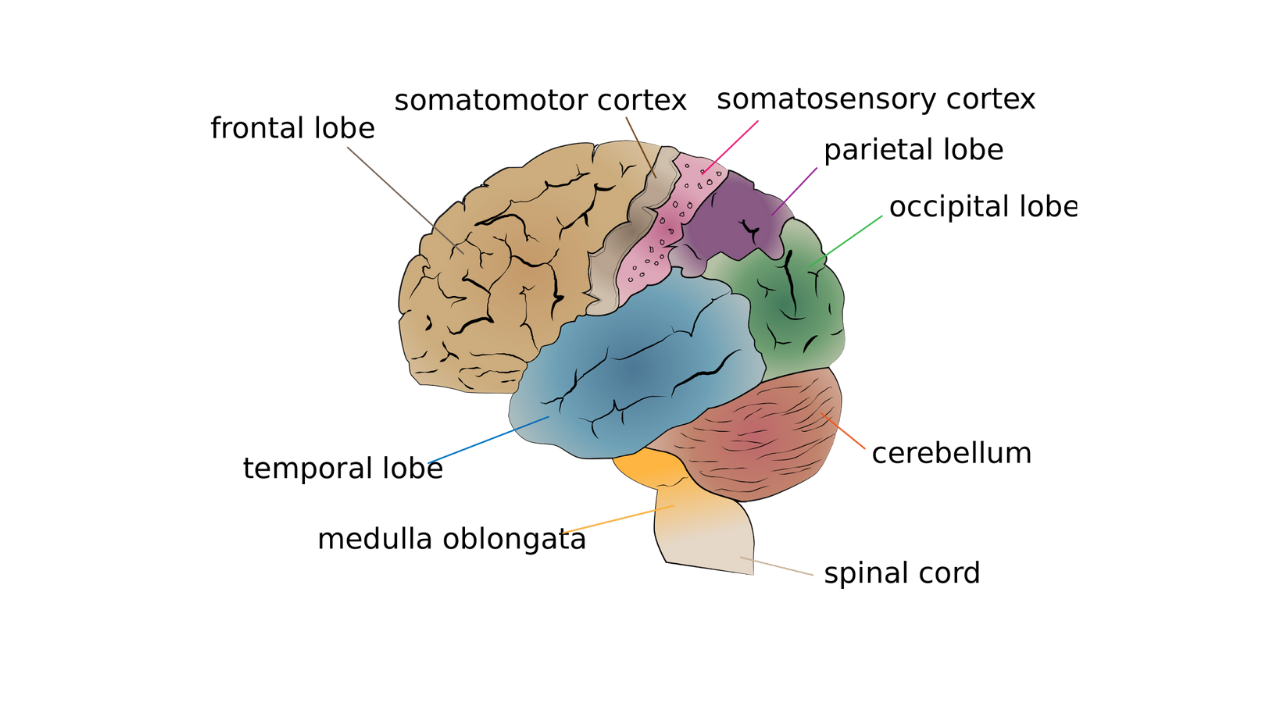The Pain Relief Secret: How to Retrain Your Nervous System, Heal Your Body and Overcome Chronic Pain by Sarah Warren

Pain can be elusive, frustrating, confusing, ‘illogical’, a bully, motivating, short term or seemingly everlasting and exhausting. It is interpreted by our brains and nervous systems differently. In her book published in 2019, Sarah Warren tells her story about experiencing two serious back injuries while training and performing as a ballet dancer.
After her dance career ended, Warren discovered the work of Thomas Hanna and his technique called ‘Clinical Somatic Education’. I wrote a review of Hanna’s book called ‘Somatics: Reawakening the mind’s control of movement, flexibility and health’. You can read it here.
Through the process of learning Hanna’s techniques, Warren realized that her back injuries, pain and limited mobility were caused by deeply learned motor patterns. These patterns weren’t helpful for the movements she needed to do every day. They were new patterns that developed in her brain after her body began moving differently prior to and following her back injuries.
In a few short weeks, by diligently working on Hanna’s movement reeducation program, Warren was able to move differently and stop recreating her pain day after day. Warren used Hanna’s techniques of pandiculation, our innate response to lack of movement, to address the habitual nervous tension that builds up in our bodies. By exploring eccentric contractions under gravity, this tension can be voluntarily discharged with long-lasting effects.
I’m guessing that this approach to retraining neurological patterns resulting in essentially re-wiring the brain is fascinating for those of you out there who are self professed movement geeks! Imagine working with clients to gently show them (and their bodies!) that moving without discomfort and pain is actually possible. That exercise can be gentle, feel good AND be effective!
Now, I realize that we are not able to guarantee anything for our clients. But what if there was a chance that, after a few weeks of working with us as we guide our clients through these very gentle and extremely focused exercises, that their symptoms decrease or maybe even disappear? And that their muscles now communicate properly with their brain? Super cool, yes?
Pain is not inevitable as we age. Everyone experiences their bodies changing over time in different ways.
We don’t have a guarantee of pain when we have a bulging disc or a degenerating joint. What if we could screen our clients during our first couple of sessions with them and prescribe movements that prevent wear and tear? What if we could show our clients that there is a better way to move that won’t cause pain and/or disability? Yes please!
Think about it - if kinesiologists really were known as the therapeutic movement/’Exercise is Medicine’ masters - I think we’d be opening up a floodgate of referrals. We’d begin generating wait lists a kilometre long (all the better reason to switch to online group training with your clients - but that’s another blog post …)
But back to the book.
Warren’s book is well worth your time. It explores the latest in pain science and hopefully speaks about prevention - not rehabilitation. There are good suggestions across many areas of health and wellness to help our clients heal themselves: mental wellness, immune system support, sleep, rest, massage and other physical therapies, daily activity and healthy whole food nutrition.
The conditions discussed range from poor postural habits, scoliosis, muscle spasms and cramps, sciatica and piriformis syndrome, fibromyalgia, bursitis, adhesive capsulitis, osteoarthritis and headaches.
There is a section in the book that dives into a very interesting exploration of the lineage of somatic movement from Frederick Matthias Alexander, Moshe Feldenkrais and Thomas Hanna. They were our true kinesiology pioneers!
Becoming aware of how our bodies respond to stress, poor repeated postures and lack of daily activity is pretty enlightening. Learning how the body ‘should’ move and ‘allowing’ the body to express itself through movement to heal itself is still pretty new-agey. But it shouldn’t be.
Imagine a world where pain is not ‘solved’ with pharmaceuticals, head pats and shoulder shrugs.
Imagine people feeling empowered by education about the root causes of their conditions rather than chasing symptom management. Imagine how, through movement education, people could take charge of aging with purpose. Imagine not considering a world where high blood pressure, high cholesterol, impaired digestion, obesity, autoimmune disease including cancer were an inevitable part of aging.
Have some fun, explore the exercises recommended by Warren. Depending upon the movements you do, a series takes about 20 to 30 minutes to complete. They feel REALLY good in your body. The exercises are restful, gentle, rhythmical and help to connect the upper and lower body and the right and left sides of the body. Your nervous system will get a serious tune up!
A reminder that these links are directly from Sarah’s book. All movements featured in her videos must be done carefully and at your own risk. By listing these links below, I am not implying that these exercises are suitable for everyone. Have a kinesiologist assess you and assist you where necessary.
https://somaticmovementcenter.com/posture-exercise
https://somaticmovementcenter.com/back-pain-exercise
https://somaticmovementcenter.com/scoliosis-exercise
https://somaticmovementcenter.com/sciatica-exercise
https://somaticmovementcenter.com/thoracic-outlet-exercise
https://somaticmovementcenter.com/iliopsoas-exercise
https://somaticmovementcenter.com/leg-length-exercise
https://somaticmovementcenter.com/plantar-fascitis-exercise
https://somaticmovementcenter.com/carpal-tunnel-exercise
https://somaticmovementcenter.com/tmj-exercise
https://somaticmovementcenter.com/headache-exercise
https://somaticmovementcenter.com/shoulder-exercise
The courses taught online by Warren just made my continuing education list for 2022. Combining Hanna’s exercises with Warren’s has been an enlightening movement exploration project for me. I’ve tried many of the exercises on Warren’s website with my clients, and we’ve been amazed by their progress - not just in their pain levels but also in their ability to increase their endurance and strength. I hope you can find them useful for yourself and your clients too.
Become a Guest Blogger!
We are now accepting applications for new Guest Bloggers! We encourage our fellow bloggers or aspiring bloggers to share their knowledge with the First Line Education community! If interested, please click the link below.


